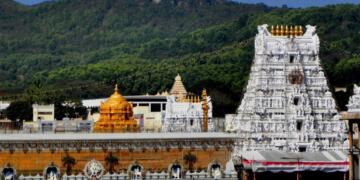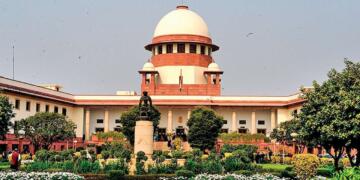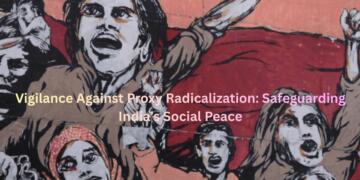In the course of journalism and mass communication, students are taught about Agenda Setting Theory. The theory describes the ability of media to influence the masses and how it forms the public perception. In another theory named Hypodermic Needle Theory, it has been explained how media information gets directly into the audience, like in a needle, without the knowledge of the viewer.
This is the power that the mass media holds. However, someone with immense power doesn’t need to always benefit society and the media is no exception. There are several examples of the same.
The Richa Chadha chaos
The emergence of 24-hour television transformed the entire collection and dissemination process of news. The popularity of social media further changed it. Today, the sources come from Twitter and the media gets busy running prime time shows from their air-conditioned studios.
The same happened yesterday, after the ‘Richa Chadha chaos’.
Richa Chadha, a Bollywood actress, put out a tweet that read, ‘Galwan says hi’. She had responded to an Indian Army commander’s statement on readiness to recover Pakistan Occupied Kashmir (POK). She was called out on Twitter, following which she pulled down the tweet and put out an apology.
Read More: Richa Chadha – The Dean of liberal school of traitors and India haters
Did the incident have any merit to make it to the TV or newspaper headlines? Obviously! But, was the issue that crucial that it required all most all the channels to run long prime time shows and debates nonstop?
If you sit before the Television, at prime time, which is usually dinner time, that most people want to spend with their families, what would you prefer to watch? Probably, a story on what are issues this election or what research is going on in the nation or how we plan to grow and develop in the next five years, and what would be the opportunities ahead.
None would want a prime time show about what an actor said and their reaction, something that people have already watched on social media. As mentioned above, social media has become the only source of news. The credibility of which is often questioned by the ‘mainstream journalists.’
What media fails to do is its job
While the media is busy talking about the likes of Richa Chadha, there is a growing threat in India’s border state Punjab with the emergence of Bhindranwale 2.0, Amrit Pal Singh. If one looks at his styling and attire, one would confuse him for Bhindranwale, the secessionist who was killed during Operation Blue Star.
Amrit Pal Singh moves with a group of heavily armed Nihang Sikhs who shower petals on him wherever he goes and sing provocative songs. He recently entered the golden temple complex with his Faujaan and launched a month-long march- Panthik Vaheer on Wednesday this week to promote the religion.
There has been a recent Khalistani uprising in the world, especially in Canada. With that in perspective, the emergence of such a person poses a threat to the nation. Has any media organisation, till now run a show posing questions to the concerned establishment or pointing out a possible upcoming threat?
When it all began…
On 26 November 2008, ten Pakistan based terrorists held the financial capital of India, Mumbai for ransom. Today, we pay tribute to our ‘Bravehearts in uniform’ who laid their lives while protecting the nation.
However, there is one more aspect that needs to be remembered regarding the 26/11 attacks. It is ‘how the media forgot its ethics for the sake of breaking news.’ There was chaos all around and the infamous fourth pillar of democracy was busy disseminating crucial details on Television. The source to many of them was social media, floating updates on Twitter and Flickr, as #Mumbai was trending at that time.
Read More: 26/11 was the day when Indian Media showed how low it can stoop
It was the Mumbai attacks that unveiled the face of the media and how the majority of them have forgotten their ethics and protocols. While there was firing, bombing and bloodshed in Mumbai, the twenty-four-hour news television cameras were trained on each location. And, the media kicked the national interest in the back seat and hopped onto the opportunity to be the number one in the TRP listing.
It has now been admitted that ‘live telecasts of the rescue operations by the media made it easier for terrorists to plan their response’. No one knew that the upcoming years would be more devastating for the Indian media.
A lesson to the media from Dr. Abdul Kalam
Former President Abdul Kalam once talked about the Israeli newspapers. While he was on his visit to Israel, several attacks and bombardments had taken place and several died. However, the front page of the newspaper had the picture of a Jewish gentleman who in five years has transformed his desert into an orchard.
This is the teaching of the ‘Missile man’ that the Indian media needs to follow. They need to put aside the negativity and focus on growth and development. They need to go to people and bring out issues that need immediate attention of the administration, rather than telecasting what is happening on social media, and later questioning its credibility.
Support TFI:
Support us to strengthen the ‘Right’ ideology of cultural nationalism by purchasing the best quality garments from TFI-STORE.COM

































